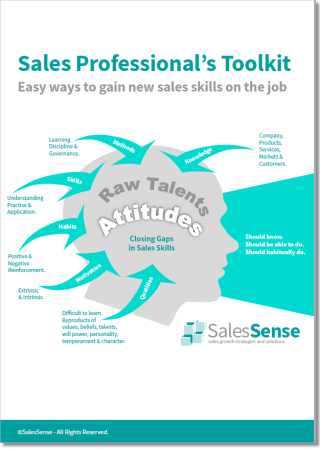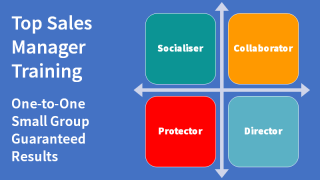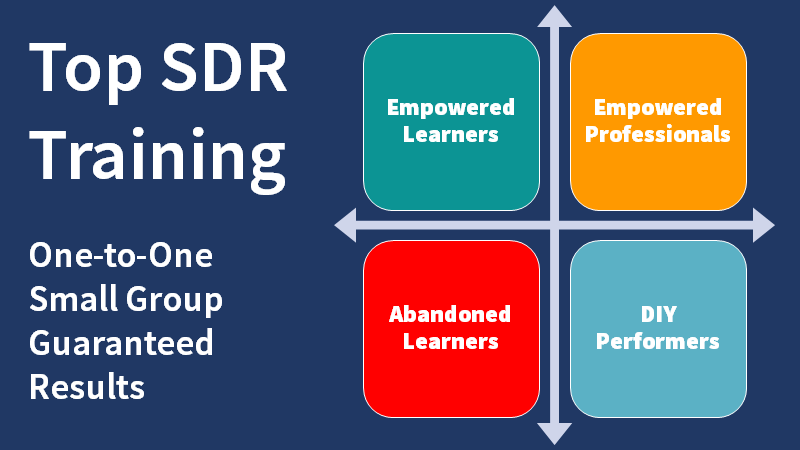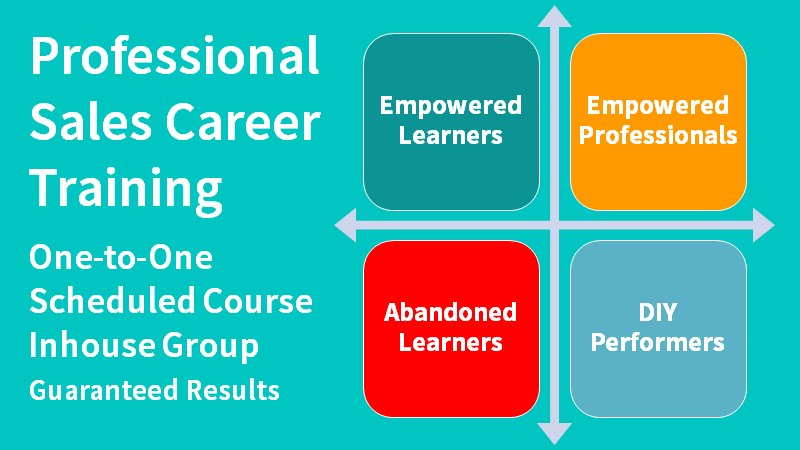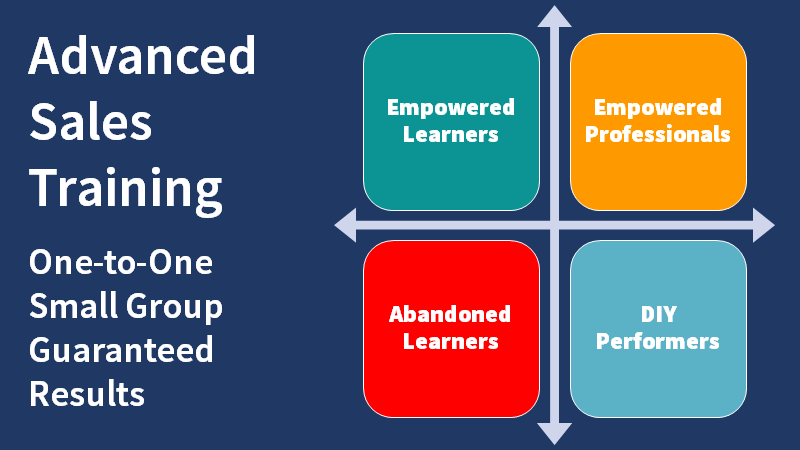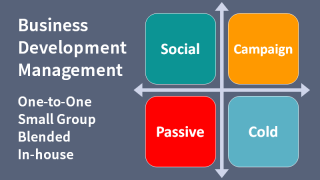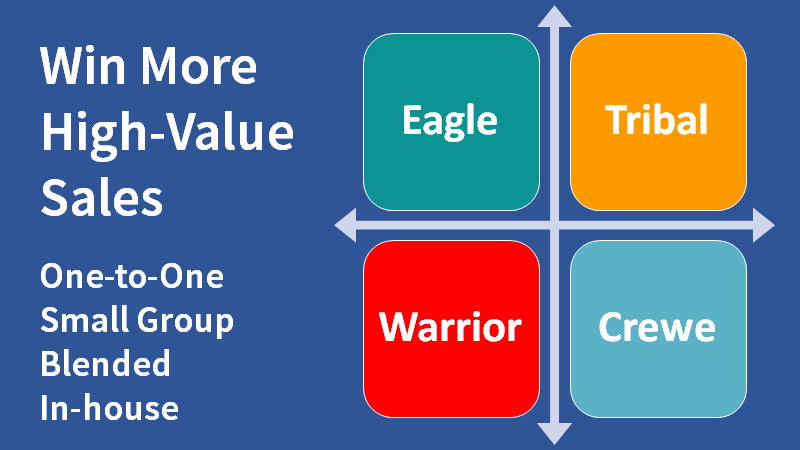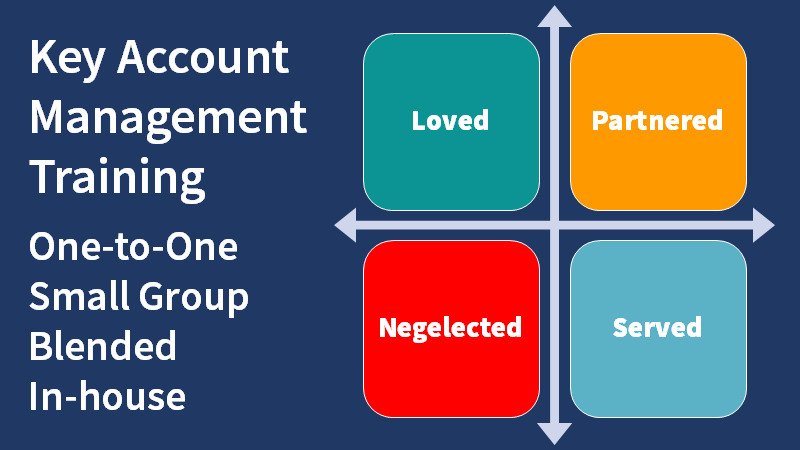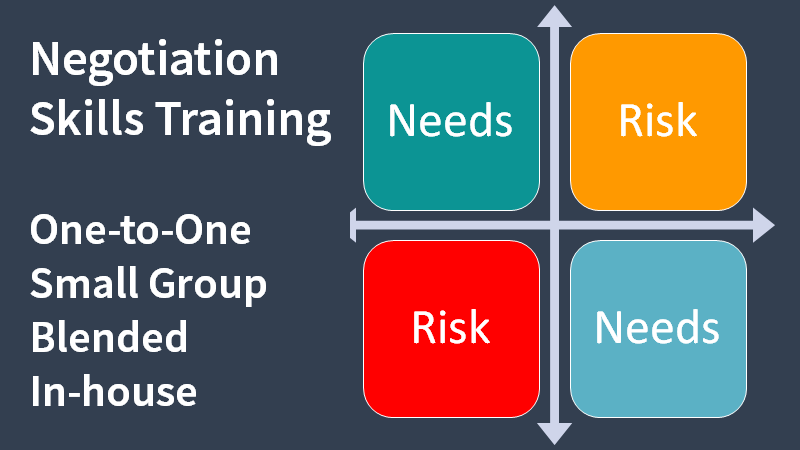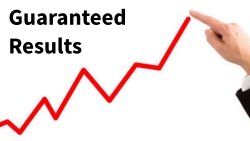Calculate sales training ROI (Return on Investment) with these steps:
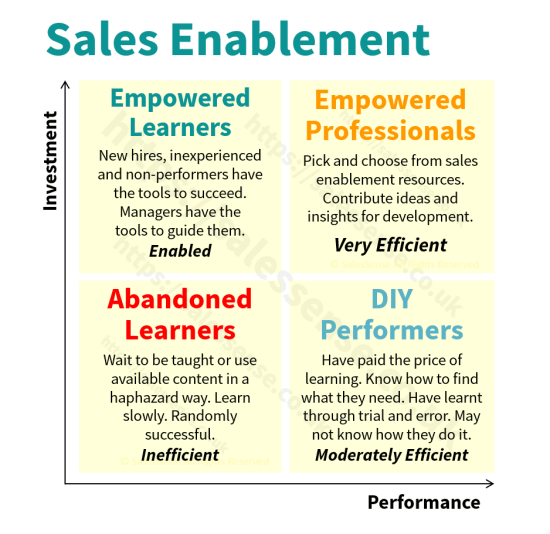
If you had confidence that sales training would increase sales enough to cover the cost and deliver additional profit, it would make sense to do more. The following explains how to include the missed opportunity cost in a sales training ROI calculation. We have also listed the less tangible benefits.
Follow the thinking:
Training participants need to sell less than 1% more to make up for 10 hours of training.
10 hours represents about 6% of a month's selling time.
Using a monthly gross margin target of £20,000, 6% is £1200. This is the missed opportunity cost of the 10 hours of training.
Assuming the cost of a typical 10-hour course to be around £500 per person, the total cost is £1700.
This is just over 0.7% of the £240,000 annual gross margin target used for this calculation.
You can substitute your own real numbers including that actual missed opportunity cost, the training course cost, and any participant's expenses.
If the training resulted in a 2% increase in sales, it would add £4,800 in gross margin.
So sales training ROI for a 2% increase in sales performance is 282%
Of course, some training participants will increase their sales results, much more than 2%.
Sales training has many other benefits:
Seven More Aspects of Sales Training ROI
1. Morale
Does morale affect sales? All the research says ‘yes’.
Signs of low morale:
- Poor communication with management and team
- Frequent absenteeism
- Excessive complaining over small matters
- Increased employee conflicts or fighting among staff
- Poor work quality
- Increased customer complaints
Training lifts morale because people value the opportunity to grow and learn new ways to succeed and recognise the investment being made by their employer.
2. Prospecting
What is the new customer acquisition rate? Has it been higher? What has changed?
In a normal market, marketing generates more leads. In a downturn, marketing is less effective and starved of funds. Salespeople have a greater need to find their own leads.
What is the difference in prospecting activity between the best and the worst? Compare the number of new prospect contacts made by each person in a team to assess the difference between the most active and least active. How does this compare with new business results for each person?
In your estimation, how much could the gap be closed by training? If this led to a corresponding increase in business, how much would results improve? Halve your figure and halve it twice more to arrive at a conservative estimate.
Coaching and training remove or diminish prospecting reluctance by providing solutions to the obstacles encountered in the effort.
3. Pipeline Management
Does the value of identified opportunities correlate with the value of sales achieved?
Do the number of sales opportunities depend on the volume of prospect contacts that a salesperson makes?
Do your salespeople know how to manage their sales pipeline?
4. Qualification
Doing things right is a waste of time if we don’t first choose the right things to do.
Choosing the right prospects makes a major difference. Salespeople work much more efficiently if they avoid working on opportunities that don't happen, can't be won, or won't be worthwhile.
Compare the ratio of forecasted orders to won orders for all individuals in a team. What is the difference between the best and worst ratios?
In your estimation, how much could the gap be closed by training?
If this led to a corresponding increase in business, how much would results improve?
5. Up-Sell and Cross-Sell
It is nine times easier to sell existing customers than new prospects.
Are your customers realising the full potential of your products or services?
Are your salespeople making the most of your customer opportunities?
Could sales training close the gap?
6. Calling High
Do your salespeople have high-level relationships with customers and prospects?
If they had more, would they sell more?
Training helps salespeople understand how to get the attention of senior executives and how to communicate to maintain the relationship. It increases options, develops C-level confidence, and improves access success rates.
7. Trusted Advisor
If salespeople are trusted as advisors by their customers they have more influence and access.
Some salespeople achieve this status with some customers.
What is the value of a salesperson being considered a trusted adviser?
Training equips people with the understanding, methods, skills, and tools to achieve trusted advisor status.
Sales training is an investment with a reliable return rather than a cost.
Article by Clive Miller
If you need to increase sales and are unsure about the sales training ROI, we can help. Telephone +44 (0)1392 851500. We will be pleased to learn about your needs and talk through some options. Alternatively, send an email to custserv@salessense.co.uk for a prompt reply or use the contact form here.


